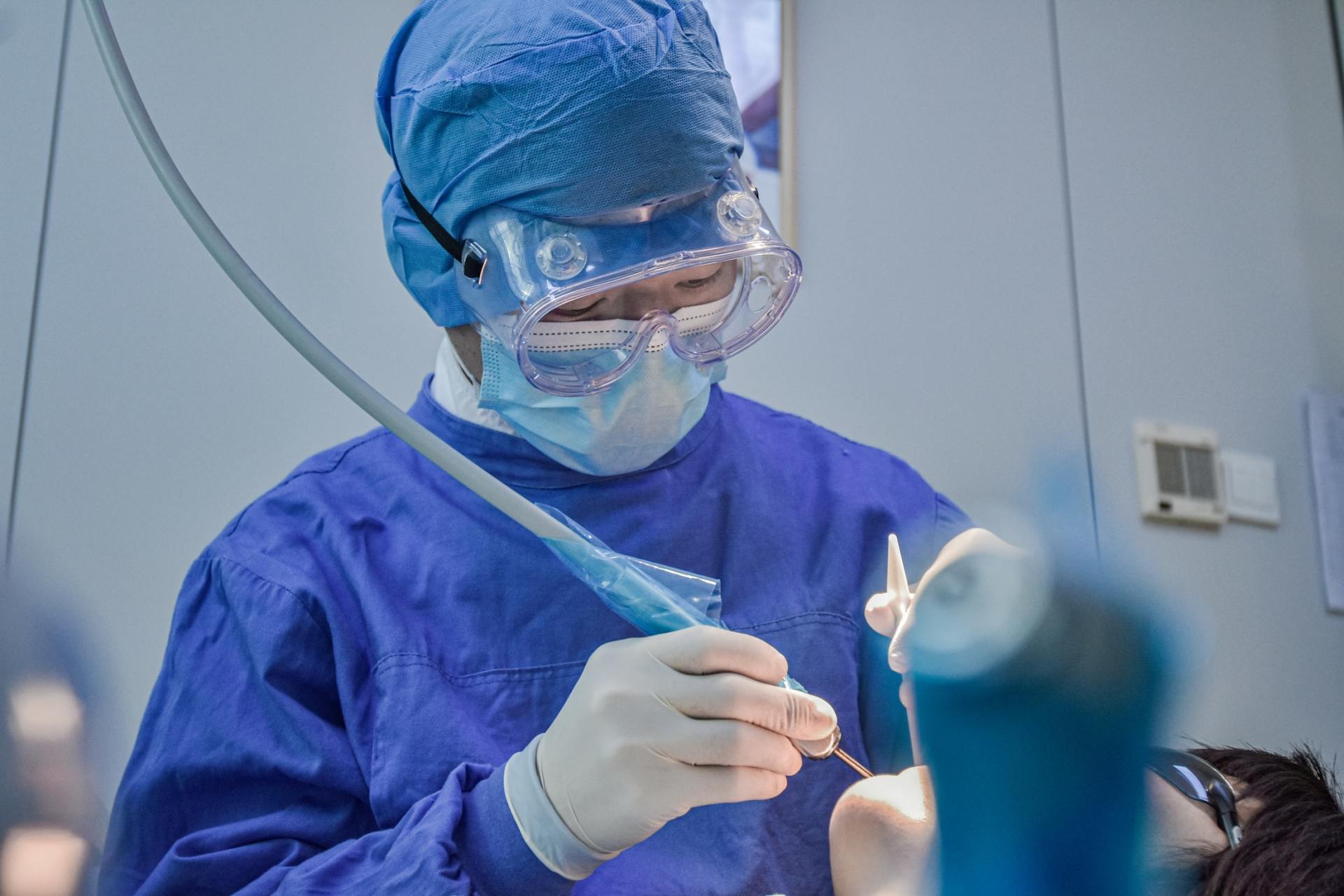What a Fitted Tongue Thrust Appliance Offers Children
While it might be cute if a child has a slight lisp or the
tip of the child’s tongue sticks out slightly between their teeth, these are
usually the signs of an early orthodontics issue—tongue thrusting, or abnormal
fronting. Luckily, children with this problem have simple treatment options,
with the most common one being the child being fitted for a tongue thrust
appliance.
What Causes Tongue Thrusting
Now, tongue thrusting with kids can result from a few things. While it's pretty standard for babies to thrust food from their mouths when they are learning to handle their tongues, it normally happens fewer times as the baby grows. Children who have incisors that have not completely descended are usually tongue thrusters. As well, children with thumb-sucking habits or those whose bite seems less connected may be tongue thrusting whenever they swallow. This tongue thrusting condition is typically seen more in children under the age of seven, but infrequent adult cases of tongue thrusting can also happen.
When to Use a Tongue Thrust Appliance
The cause of a child’s tongue thrusting often indicates the treatment that would be most efficient. In simple cases, patients are generally fitted with a comfortable tongue thrust appliance, which resembles a mouth guard but made of stainless steel. The appliance may only need to be worn at night or for several hours of the day, but a patient’s orthodontist might recommend him or her wear it permanently for a set time.
How One Works
The appliance comes in different models targeting individual tongue-related issues. Some have a grid behind the teeth that prevents the tongue from thrusting forward in between the upper and lower incisors. Another, the "palatal crib," has a bead near the back of the appliance which rests over the back third of the patient’s tongue, acting as a retainer whenever the child swallows. There are also "hybrid" models intended to cure thumb-sucking along with tongue thrusting. This works by correctly positioning the tongue while also serving to remind the patient whenever he or she indulges in thumb-sucking to stop.
Where to Find One
Tongue thrust appliances must be fitted to the person’s mouth by his or her orthodontist, and they are based on impressions, allowing the patient to have a device that fits his or her specific needs. The appliance may require modifications as the child grows, so it's vital to have the device made via a professional who specializes in pediatric dentistry. Often, the orthodontist also recommends speech or oral therapy to train the child out of his or her tongue thrusting habit.
Are you avoiding trips to the dentist because of the high cost of treatments? Did you know you can use a New Hampshire family discount dental plan to save as much as 20 percent off your bills? For more information, please click here.
Photo via Shutterstock











